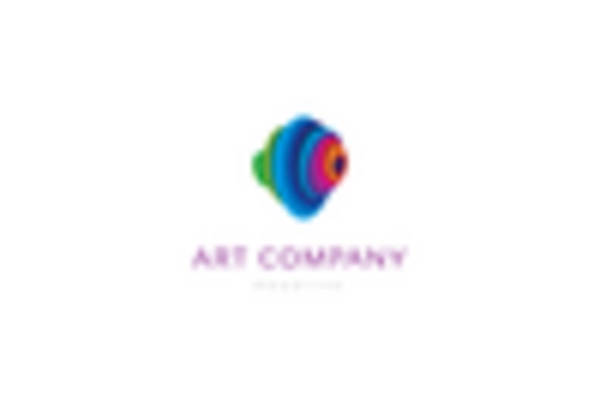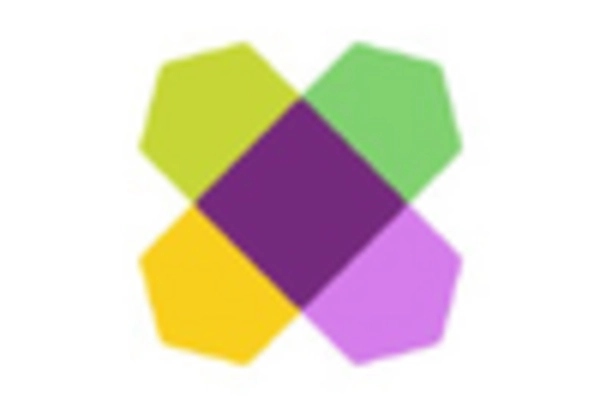Wall Art Market Summary
As per MRFR analysis, The Global Wall Art Size was estimated at 64.06 USD Billion in 2024. The wall art industry is projected to grow from 67.84 USD Billion in 2025 to 120.37 USD Billion by 2035, exhibiting a compound annual growth rate (CAGR) of 5.9 during the forecast period 2025 - 2035.
Key Market Trends & Highlights
The Global Wall Art is experiencing dynamic growth driven by evolving consumer preferences and technological advancements.
- The rise of digital art is reshaping the traditional wall art landscape, particularly in North America.
- Sustainability in art production is becoming increasingly important, reflecting a broader societal shift towards eco-consciousness in Asia-Pacific.
- Customization and personalization are gaining traction, allowing consumers to create unique art pieces that resonate with their individual tastes.
- Increasing urbanization and the influence of social media are major drivers propelling the demand for wall art, especially in the dealer segment.
Market Size & Forecast
| 2024 Market Size | 64.06 (USD Billion) |
| 2035 Market Size | 120.37 (USD Billion) |
| CAGR (2025 - 2035) | 5.9% |
Major Players
IKEA (SE), Wayfair (US), Society6 (US), Etsy (US), Art.com (US), Saatchi Art (US), Zazzle (US), Redbubble (AU), Fine Art America (US)


















Leave a Comment